Decorating With Teal — I'm a Color Expert and Know How to Make It Work for Your Home
Teal shifts between blue and green — it’s time to harness that power and make the most of its fun, nature-tinted take on vibrancy
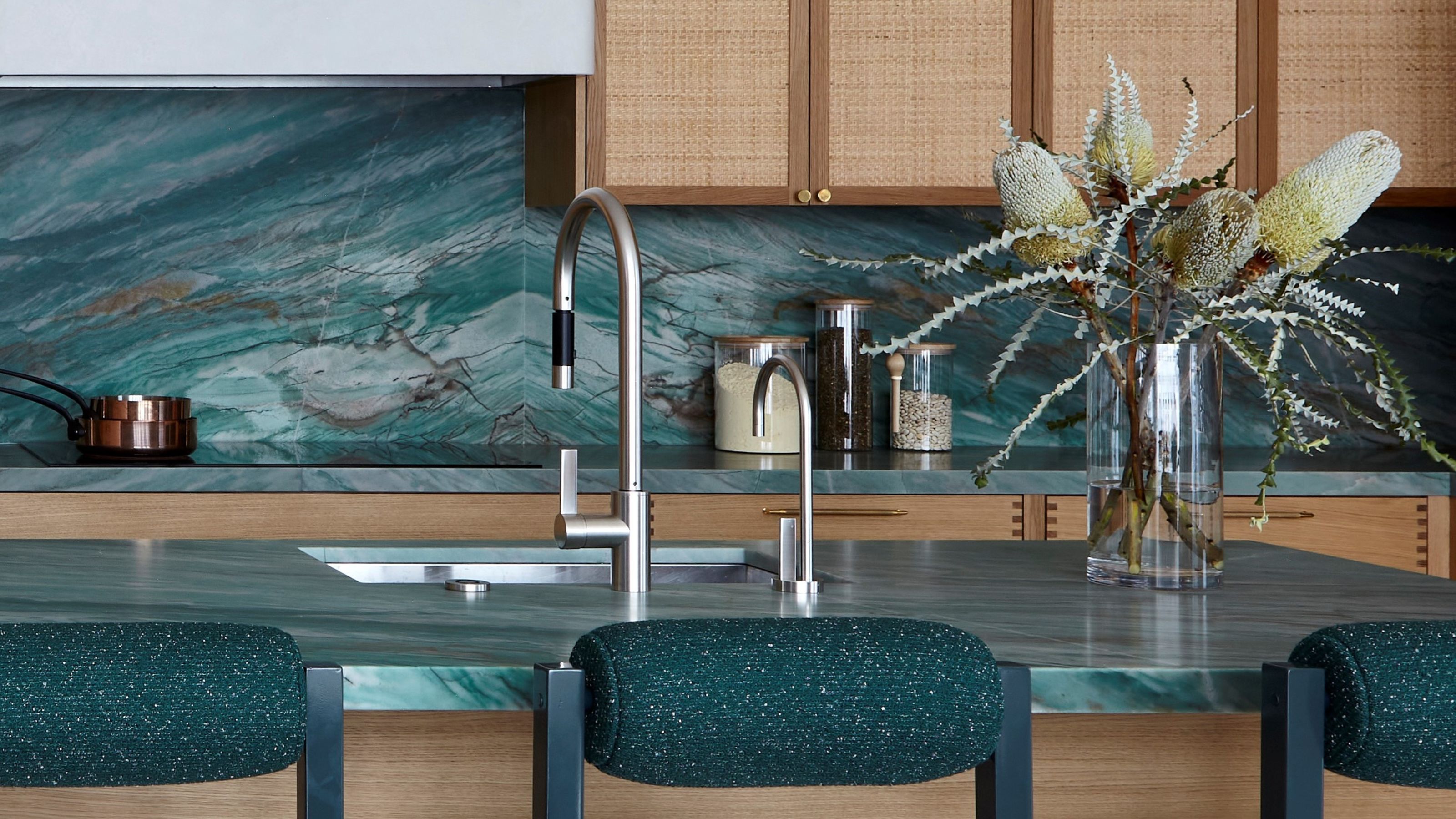
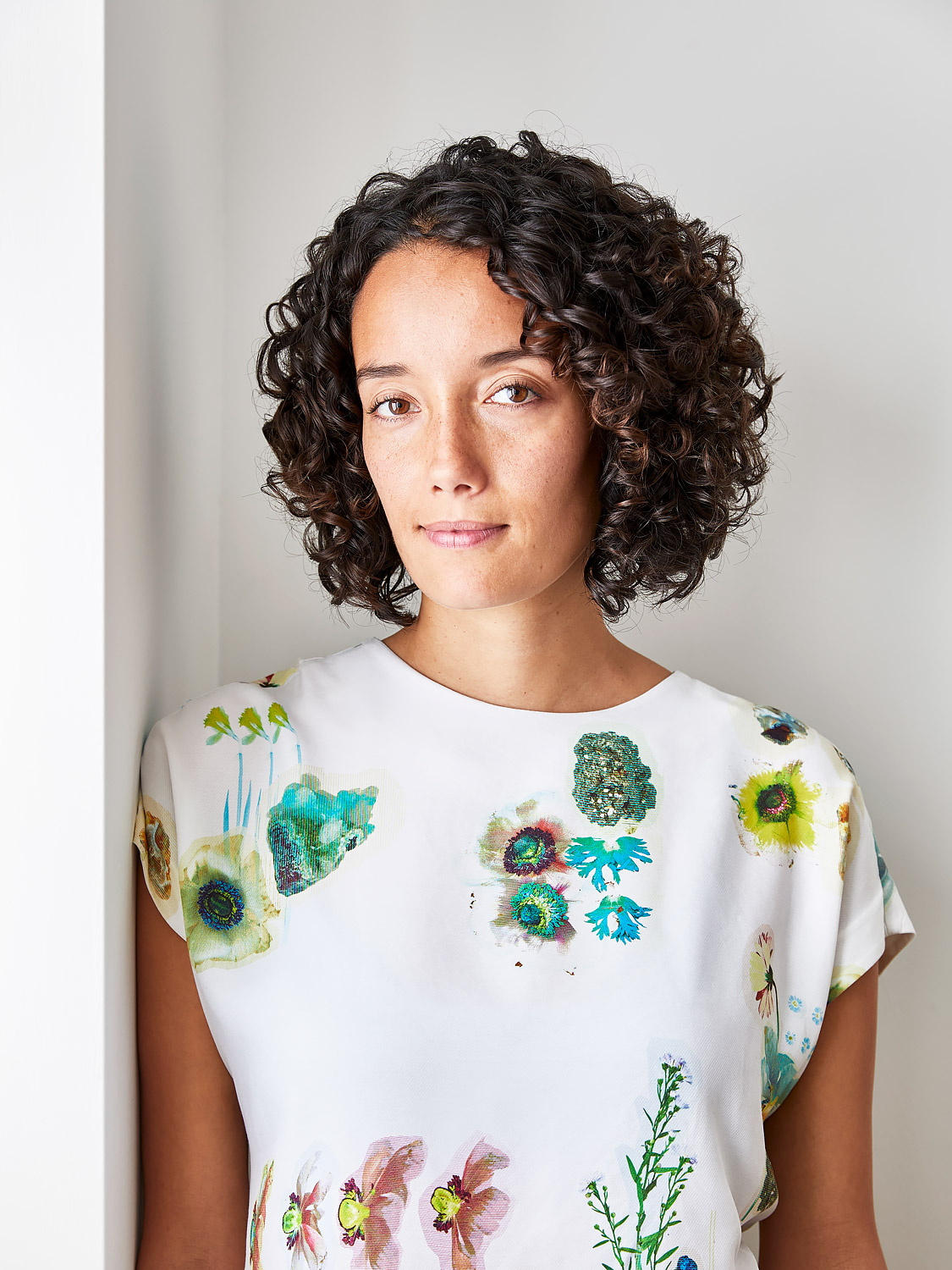
Let's talk about decorating with teal. Hovering between green and blue, the color teal is sometimes seen as somewhat of a compromise, but really, it the shade should be celebrated in its own right. It feels infused with sunlight, hinting at the Mediterranean and Morocco, as well as the balmy, dive-into-me-now ocean you'll find on the best coast-hugging holidays.
To bring that sun-kissed feel into the home, it's best to decorate with teal by incorporating it through texture-rich elements like glazed ceramics and glossy finishes that reflect light, paired with textural velvets and chunky fabrics. This contrast allows teal's deep, tactile qualities to truly stand out, and creates a lively, inviting space. It's not quite the same as decorating with green, or blue, and it needs to be handled in its own way.
Sometimes I feel like color runs through my veins. How to use certain hues as a way to fill your home with joy and personality has been my focus in life for a long, long time. And below, I've broken down everything you need to know about decorating with teal.
1. Appreciate the Blue/Green Blend
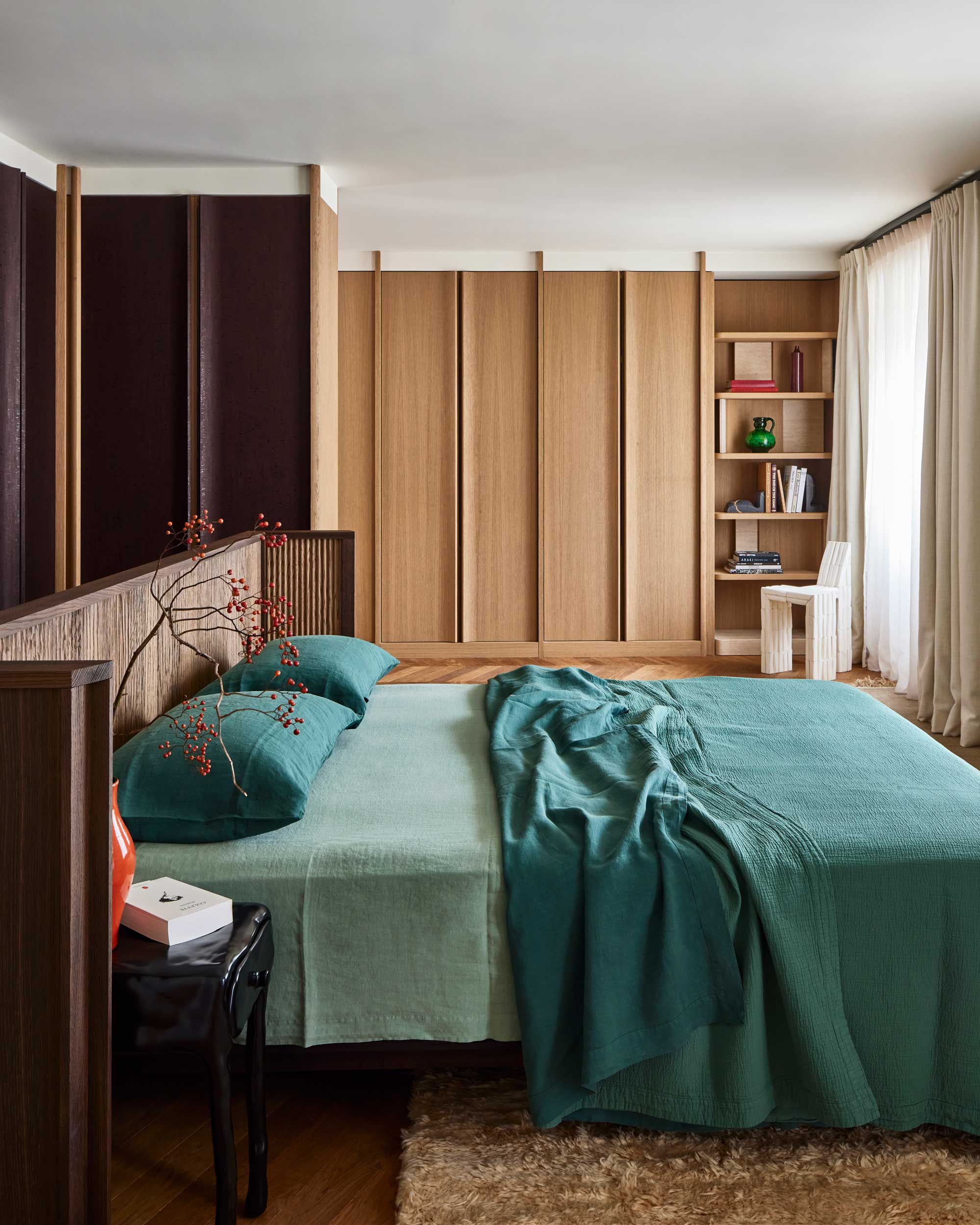
To most, the color teal is a blue-green hybrid. The sooner we learn to embrace that, the sooner we can harness the color's unique beauty — and ultimately, potential. It's a color that's neither here nor there, but in such a good way.
Shades of teal teeter from the bluer end of the spectrum to the greener, which is where it's greatest power lies. "Teal is a good balance of color if you’re procrastinating between erring towards blue or green,” says Farrow & Ball’s color expert and brand ambassador Patrick O'Donnell. “It happily sits in the middle with a depth of dark aqua, and rarely feels too chilly as some blues can.”
"Teal has range, it’s one of my favorites for its depth and duality," adds Oliver M. Furth, principal designer of Oliver M. Furth Design & Decoration. "It can bring a rich and moody feeling to an interior, or it can be clearer and brighter, adding life to a space. It is a cool tone, but perhaps the warmest and most dynamic of them."
It's this blue/green indecision that means decorating with teal can morph to various moods. From the quiet stillness of a deep, forest teal to the lively, vibrant energy of a brighter, more turquoise-y tone, the color teal can somehow shift effortlessly to suit a mix of spaces. It can ground a room with a sense of peace, or inject it with dazzling personality and warmth, creating a balance that feels fresh, dynamic, and marvellously versatile.
2. Understand the 'Teal Feel'
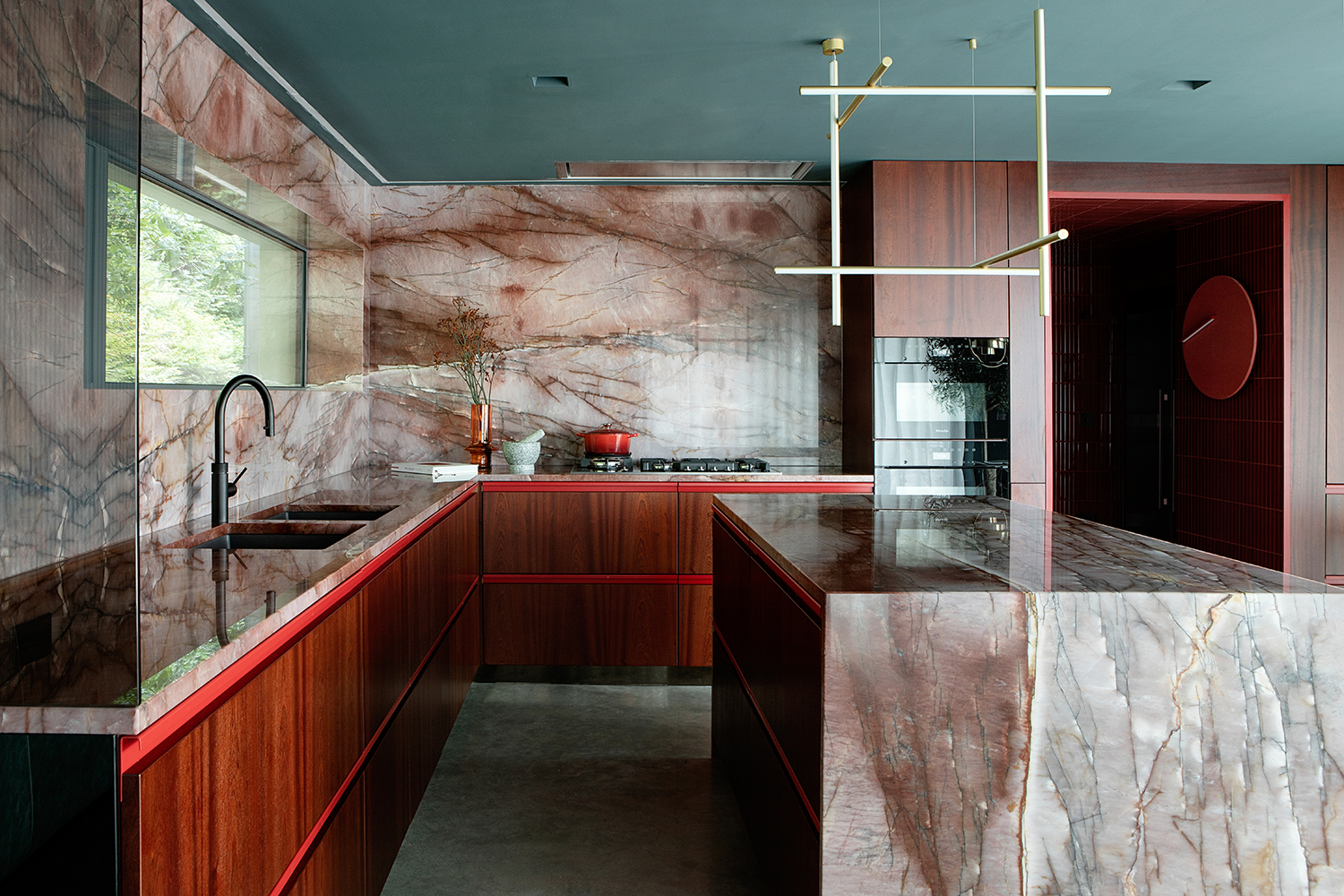
To me, picking any paint color ideas for your home should come down to one thing — how they make you feel. It's your decision, so lean into your instinct and go for something that makes you smile. Teal is terribly obliging in this department, both deep and comforting, radiant and jewel-like, and infused with softness and calm.
Decorating with teal can feel like a warm embrace that you never want to let go of. Its alluring depth makes it a winner for spaces where you seek retreat, while its hint of vibrancy means it's not one for feeling heavy, dull, or drab. Try a soothing teal as a bedroom color idea to promote sleep, use it in the bathroom for a design-led spa feel, or for a living room created for unwinding and reclining.
As well as infusing a room with a restful atmosphere, decorating with teal also inspires and energizes. Its more vivid and vibrant side creates environments where creativity flows and personality abounds — spaces where you walk in wanting to nap, but come out ready to dance. Its pigment-saturated nature and cheeky, 'am-I-this-or-am-I-that' personality sparks enthusiasm and positivity. Think about using it in joyful living rooms, bustling kitchens, or 'welcome-to-the-house-of-fun' entryways, where decorating with teal can instantly uplift the mood, and stimulate the space.
3. Consider Complementary Colors
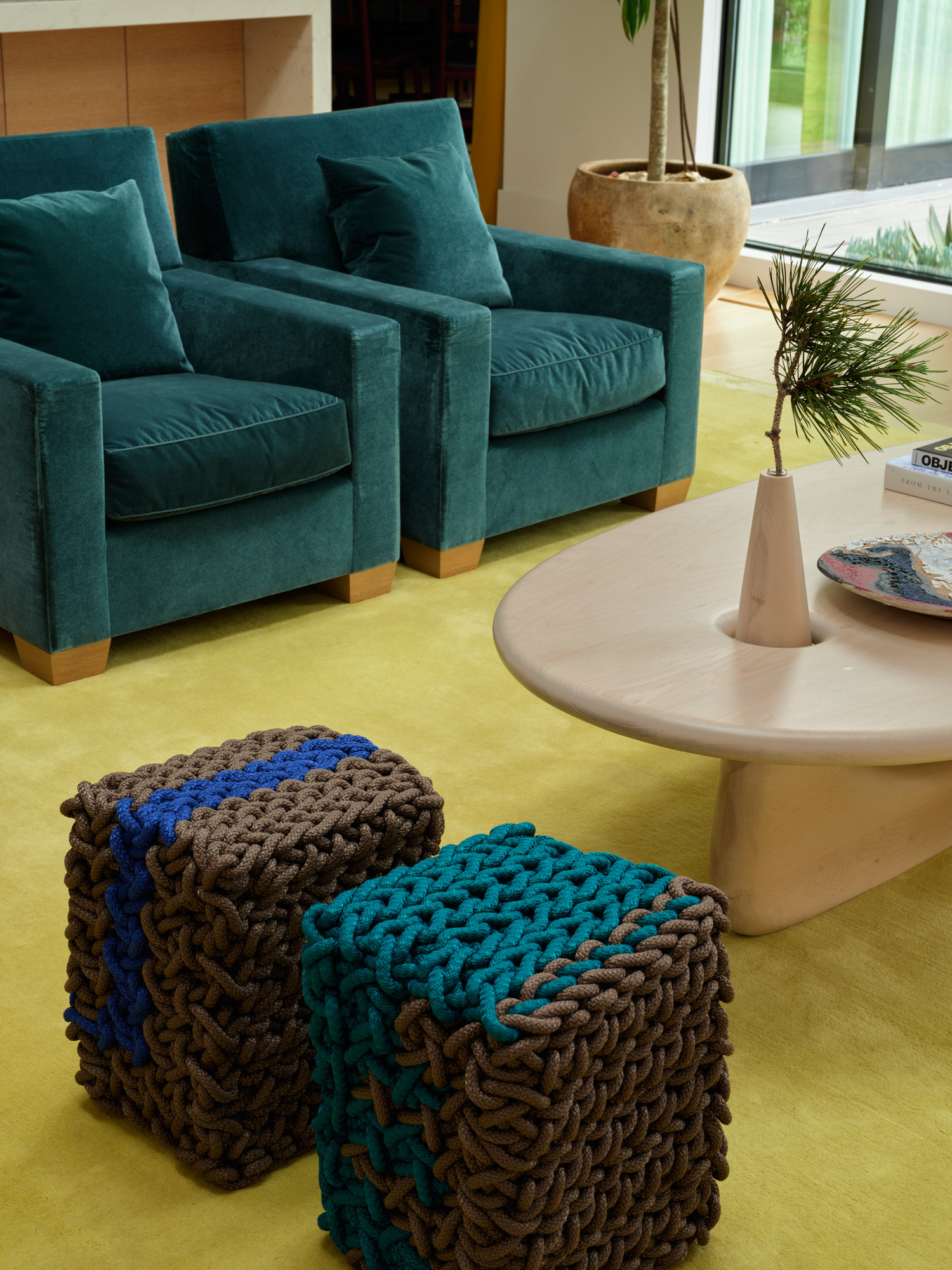
The fact that it shimmies between two shades means teal, helpfully, is a color that goes with blue and green. But what about other hues?
"Warmer colors such as rich buttery yellows or dirtier whites will soften to something gentler when paired with teal, for a more established, settled look," says Farrow & Ball's Patrick O'Donnell.
"Try layering mustards, lavender, or minty greens that complement the cool undertones of the teal,’ adds Gideon Mendelson, founder and creative director of design studio, Mendelson Group. "I also like softening the bright shade with natural wood tones."
And as for Oliver M. Furth's thoughts on what colors go with teal: "Teal pairs well with earthy tones, tans, and browns," he says. "It can add a great pop of vibrant nature to an otherwise neutral interior."
You can also try decorating with teal alongside oceanic blues to elevate its intensity, or navy blue for something calmer and more classic. As for green shades, explore the gentler side of the palette with olive, moss, and sage, to infuse a sense of nature into the space, or decorate with emerald green and teal for a dramatic peacock-inspired effect.
Decorating with earth tones will create a rustic, natural warmth, while cool colors like lilac with offer a gentle contrast. For something striking and more avant-garde, you can even venture into the territory of coral or something in the fuchsia family if you're feeling brave.
4. Consider Placement
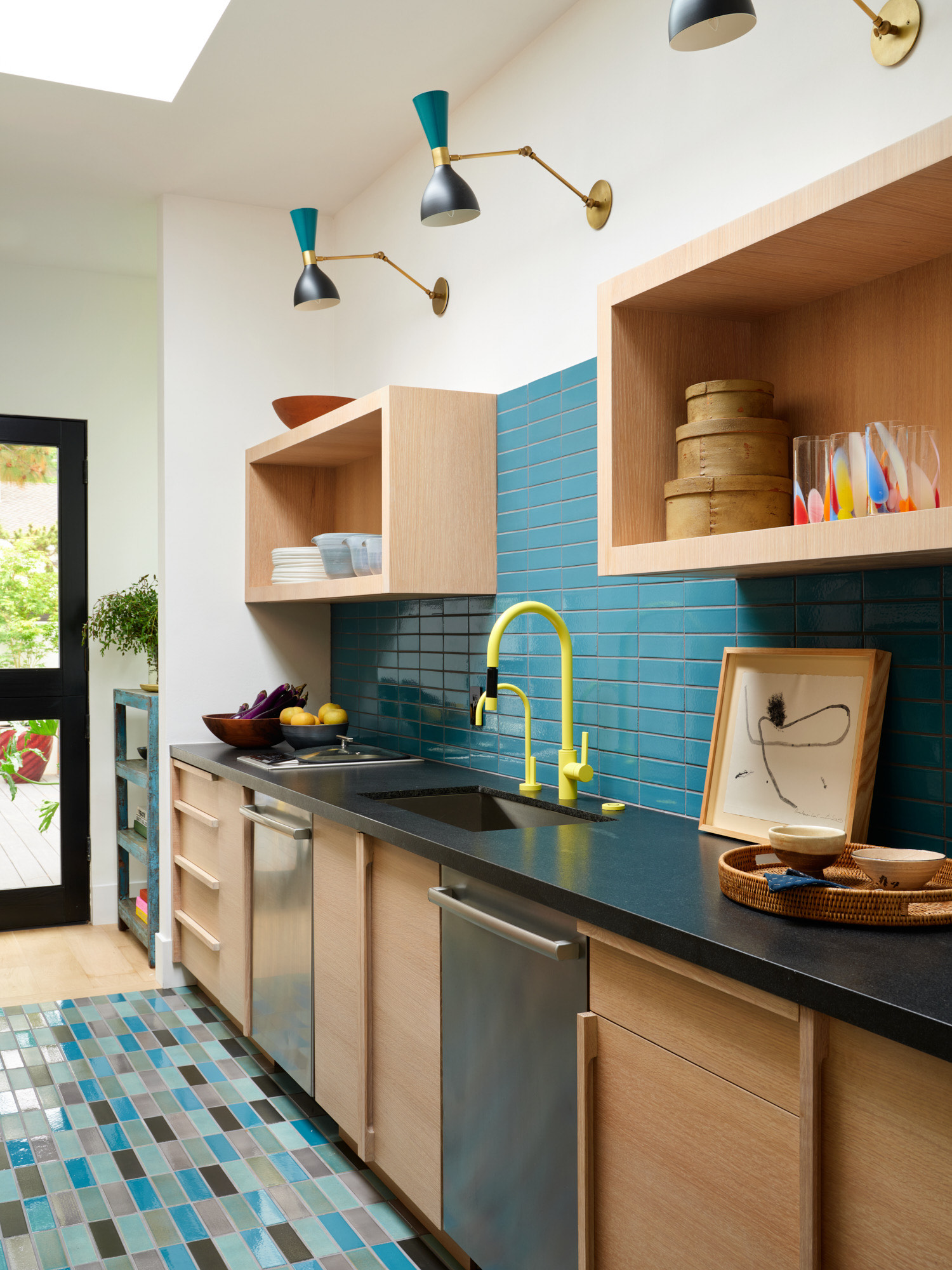
Thanks to teal’s many personalities, it can be used fairly freely all over the house. Just consider the mood you want to strike in each area and adapt the type of teal you introduce — think deep and rich in spaces created for coziness (like teal bedroom ideas), or fresh and zippy in rooms that are all about energy and vibrancy.
"Try it as a kids' room paint idea teamed with the softest aqua for a fun yet calming space, or in a study with a clean but green-based white for something a little more restrained," says Patrick O'Donnell. "For full on drama, pair it with a wonderful dark green, which will play to teal’s nuance. It would look rather beautiful in full gloss on a large bookcase — even against pale walls it will act as a strong, but not overly dominant, foil."
For a dash of personality, you can even decorate with teal through smaller accents, whether tiles, lighting, rugs, or accessories such as cushions, small décor, and artwork.
5. Learn About Lighting
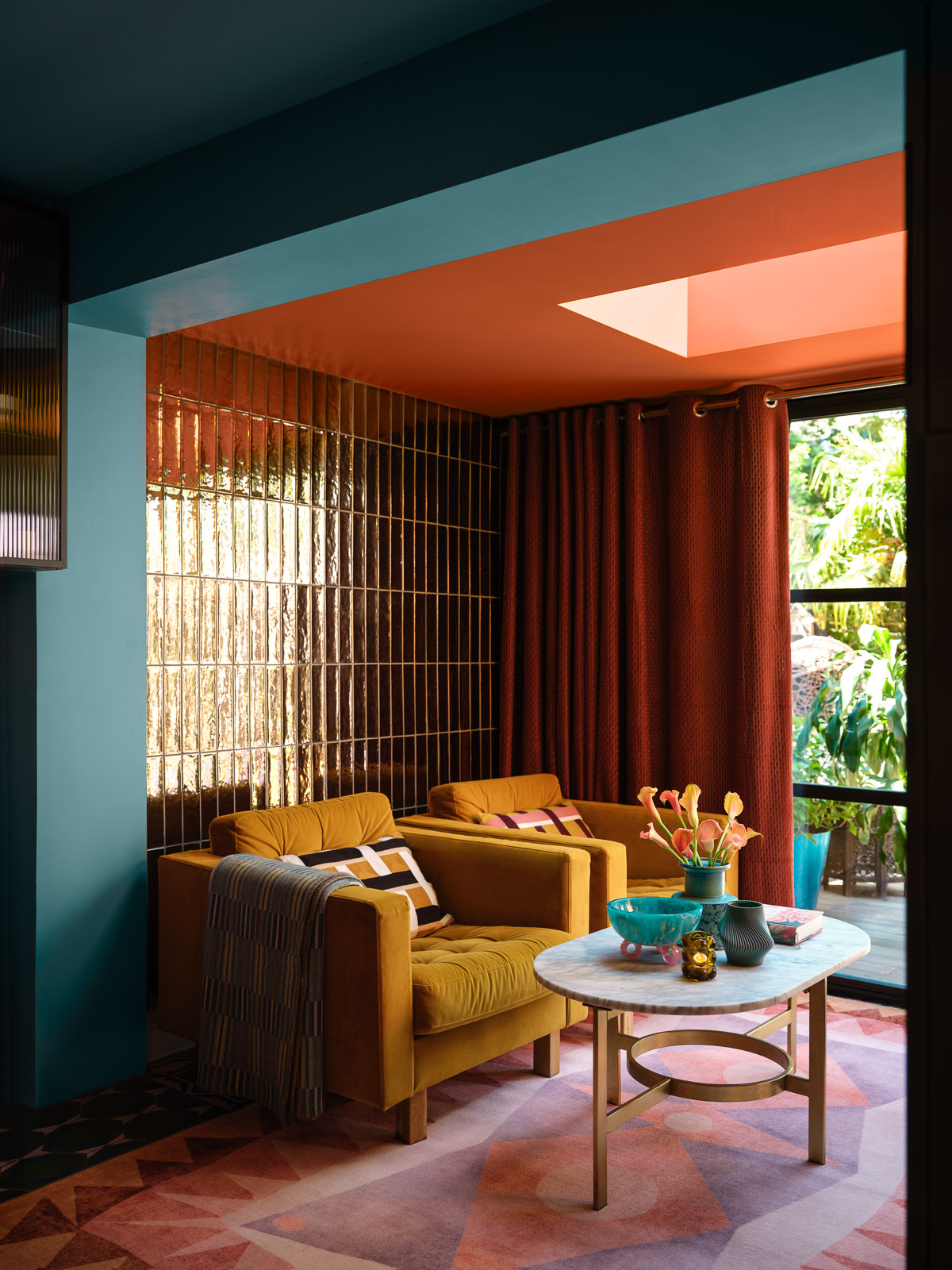
Teal is multifaceted. It’s a color that can shift depending on the lighting and time of day — think of it as ever-changing, keeping rooms feeling fresh, alive, and a little bit subversive.
In natural light, teal comes across as cool and serene, which is especially apparent in north-facing rooms where the indirect sunlight renders it softer and more muted. In these spaces, decorate with teal in tactile materials such as velvets, wool, or matte finishes to bring out the color's more subtle side, and create a tranquil feel.
For sun-drenched south-facing rooms, expect a concentrated teal that’s bold and attention-grabbing. Spaces filled with direct natural light are where decorating with large doses of teal will be the most impactful, releasing its rich and dynamic personality. Glossy finishes and high-shine accents will add to the jewel-like effect, or you could try heavy textures for some contrast and to relax the saturation.
Not so light-affluent? While it's worth learning how light effects green paint, you can be confident that decorating with teal works in almost any amount of light. "Teal can create a cocooning feeling in a poorly lit spaces," adds Patrick O'Donnell.
Ultimately, the best way to see how teal will look in your space is to test color swatches and see how the lighting will affect the shade you choose.
6. Unpack the Undertones
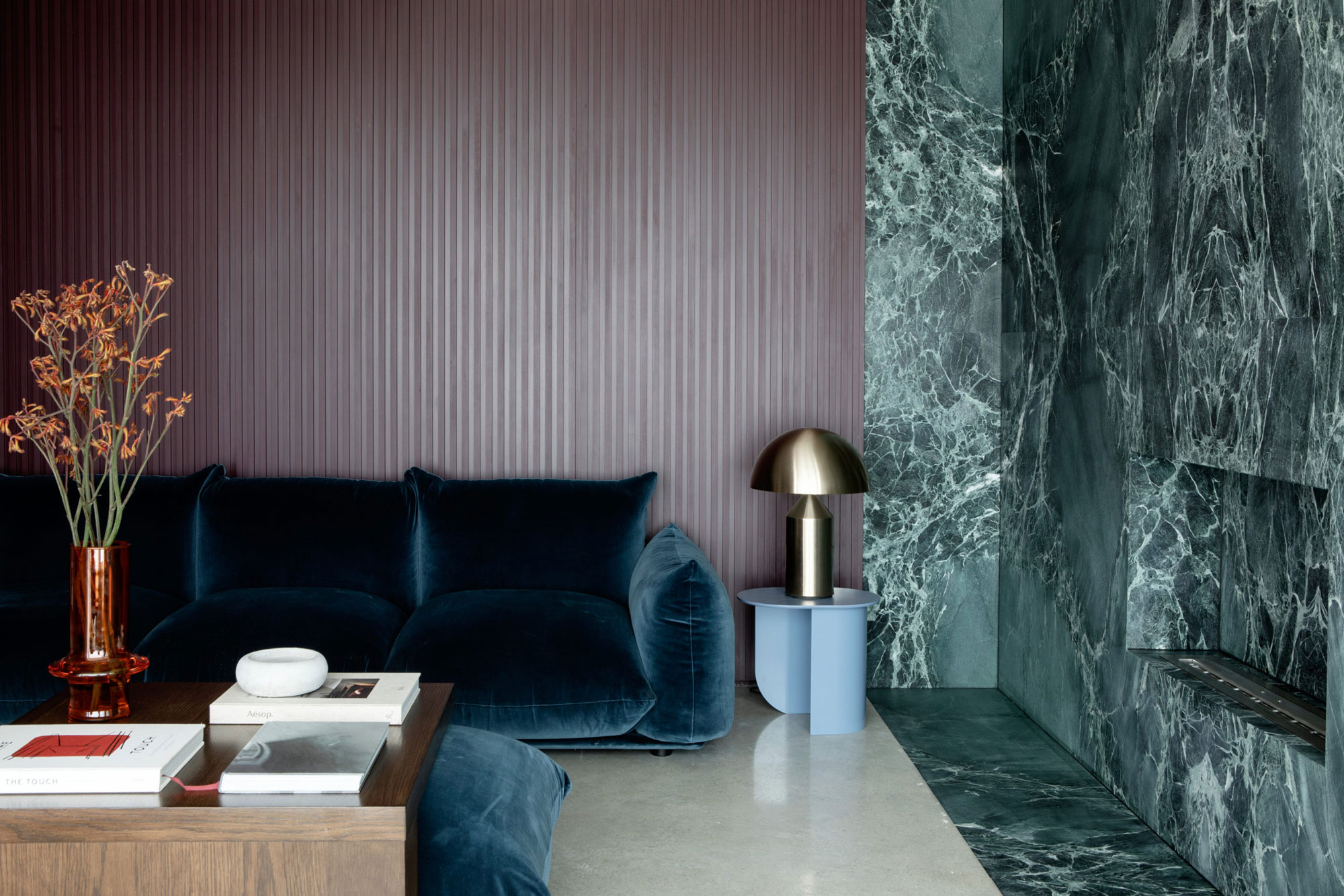
The beauty of teal, is that it is governed by two general undertones: you guessed it, green and blue. A little more of either hue, and the shade of teal is transformed. Small shifts in shade create different moods depending on how much blue or green is present, making teal versatile and dynamic — keeping decorators on our toes.
A teal with a bluer undertone evokes the freshness of the ocean and the sky. It has a cool, soothing feel, that will work in a room with a crisp, contemporary edge. Go for blue-tinted teals for rooms in need of an invigorating touch, such as an energizing entryway or a 'let’s-do-this' home office paint idea.
Green-infused teals inspire thoughts of nature, and have a grounded earthy quality. These are what you need for zones that are all about relaxation and connection to the environment — think cozy living rooms or tranquil bathrooms.
"With hints of both blue (cool, calm) and green (fresh, earthy), teal blends well with soft neutrals or more bold contrasts,’ explains Gideon Mendelson.
But, there is a secret third option — teal with a yellow undertone. These are the shades that are warm, bringing with them an old-school vintage charm. Decorating with teals with this undertone is perfect for classic interiors with a luxurious, timeless ambiance.
FAQs
How Do You Make a Teal Room Look Good?
The key to decorating with teal in a way that makes a room shine is balancing the vibrancy of the hue with complementary tones and textures. Start by choosing the tone of teal you want — a more zen green-based shade or one with a livelier blue-tint.
Then it's all about the lighting — bright natural light will bring out teal's richness, whereas something more diffused quietens it, giving it a moodier feel. When the sun has gone down, soft gold-tinged artificial light will bring out its alluring depth.
Then consider what other tones you're adding into the scheme. Neutrals and natural shades will prevent decorating with teal from becoming overwhelming, or you could try adding in something with more contrast to bring a pop of fun to the space.
How Do You Accent a Room With Teal?
Teal stands out as an accent color due to its unique blend of cool and warm tones, making it versatile and dynamic. Unlike other accent colors, it can shift depending on its surroundings, adapting to the palette around it — so bear this in mind as it will influence how the hue appears, and decide if you want it to complement your room's overall palette, or go for something bolder.
The easiest and quickest accent option? Teal throw pillows and blankets, which introduce the color with added texture (and can be swiftly moved around to see where the shade works best).
For a more dramatic teal accent, decorate with it on furniture pieces, like sofas, chairs, or ottomans, to create a bold focal point that adds depth and vibrancy without overwhelming the space — teal's ability to balance both serenity and energy makes it ideal for statement pieces, creating a rich yet friendly visual anchor.
"With its variety of shades, teal can create different moods — anything from bright and energetic to calm and serene," says Gideon Mendelson.
When it comes to decorating with teal, the options really are endless, it just depends on the look you're going for.
Be The First To Know
The Livingetc newsletters are your inside source for what’s shaping interiors now - and what’s next. Discover trend forecasts, smart style ideas, and curated shopping inspiration that brings design to life. Subscribe today and stay ahead of the curve.

Amy Moorea Wong is a color authority and contemporary interior design writer who has specialized in all things decorating for over a decade. Amy is Livingetc magazine’s Colour Expert, Interiors Editor at The Glossary magazine and a Contributing Editor at Homes & Gardens magazine, and she frequently contributes to an array of global publications to share her insights on interior design zeitgeist. Her book Kaleidoscope: Modern Homes in Every Colour explores a collection of cool colorful homes fizzing with creativity, surprises, and inspiration.
-
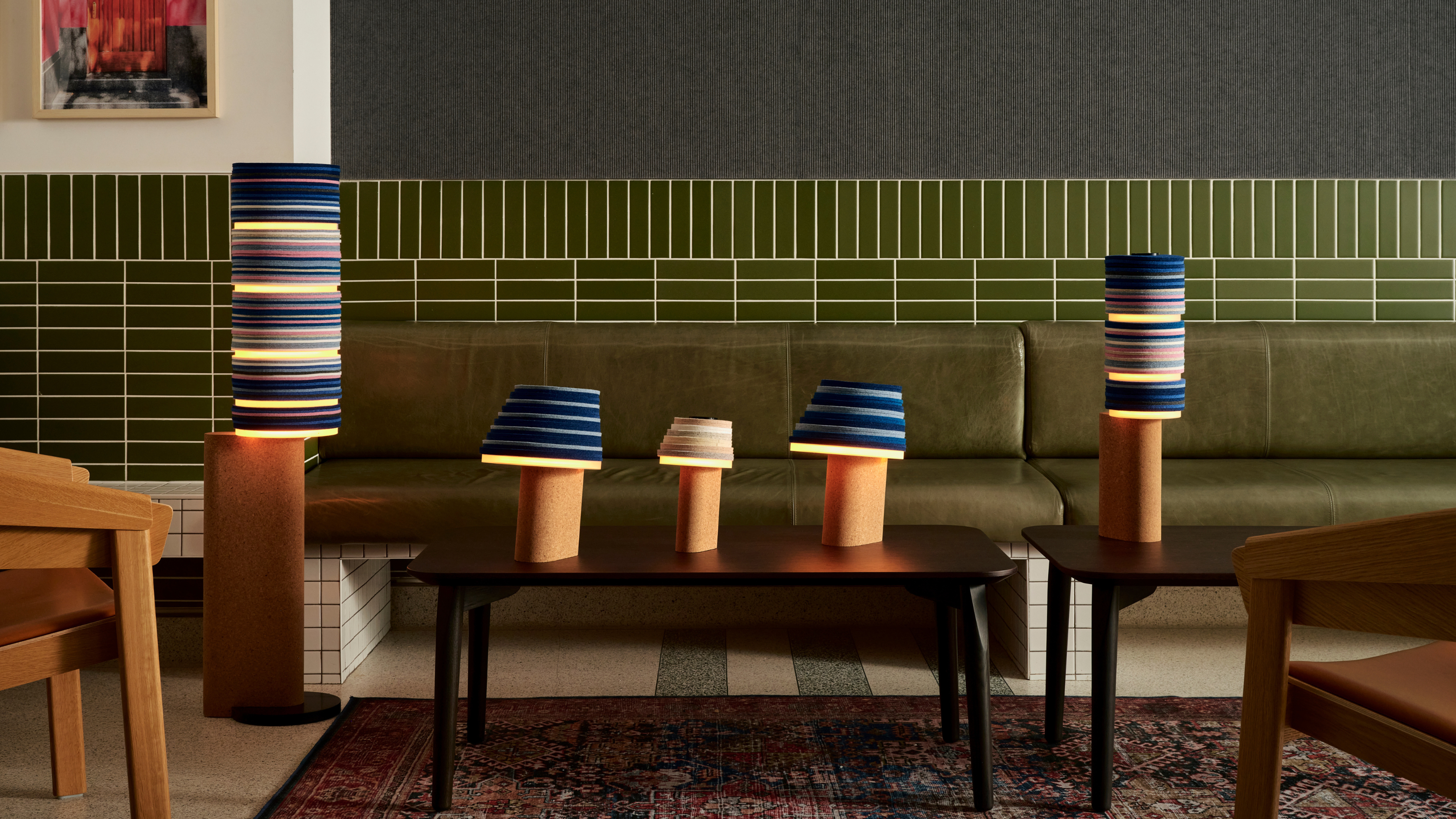 7 Sustainable Product Designs That Are Setting the Agenda for Environmentally-Conscious Homes in 2025
7 Sustainable Product Designs That Are Setting the Agenda for Environmentally-Conscious Homes in 2025From pillows made from textile waste to sanitaryware made in the world's first electric kiln, these brands are revolutionizing sustainable design — for the better
By Devin Toolen
-
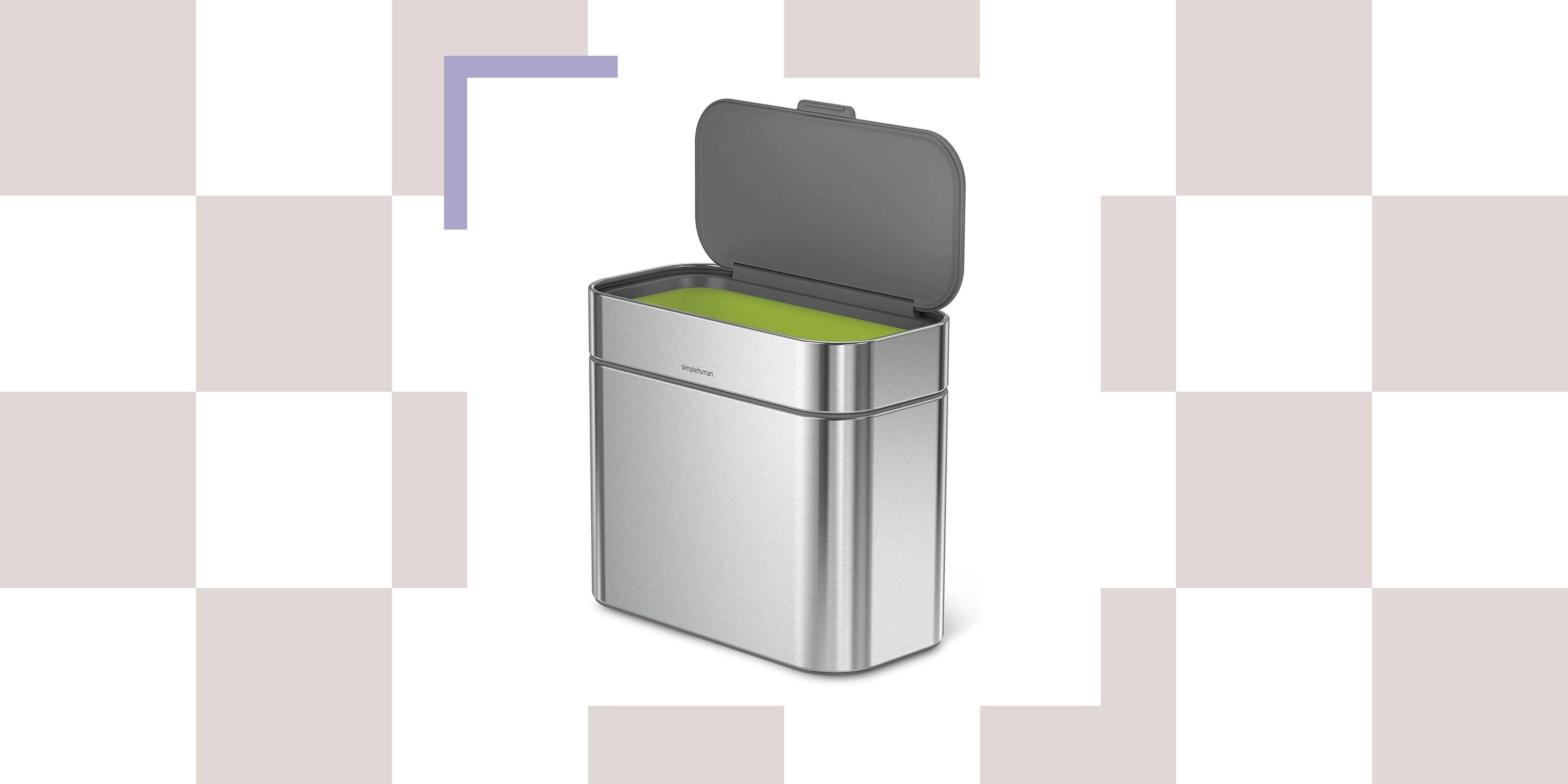 NYC's New Rules Forced Me to Find a Chic Compost Bin — Here's 7 Options Significantly Cheaper Than the $300 Fine
NYC's New Rules Forced Me to Find a Chic Compost Bin — Here's 7 Options Significantly Cheaper Than the $300 FineComposting is now mandatory in NYC. Here’s how to do it stylishly
By Julia Demer
-
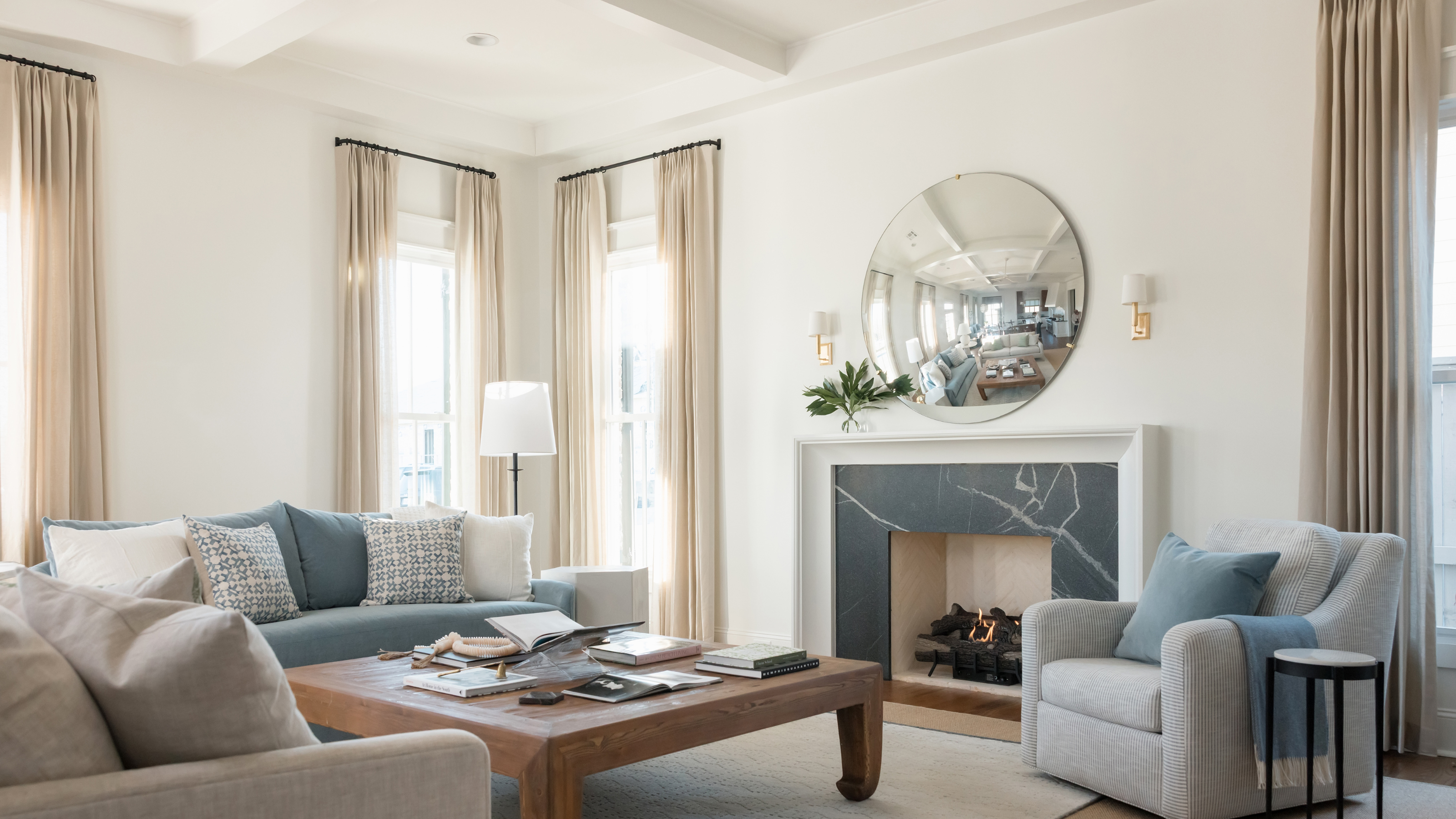 Should a Living Room Be Painted Dark or Light? We Asked Design Experts to Settle The Age-Old Debate
Should a Living Room Be Painted Dark or Light? We Asked Design Experts to Settle The Age-Old DebateThe color of your living room can completely shift the mood of your entire home, so the question remains: should you go light or dark...?
By Devin Toolen
-
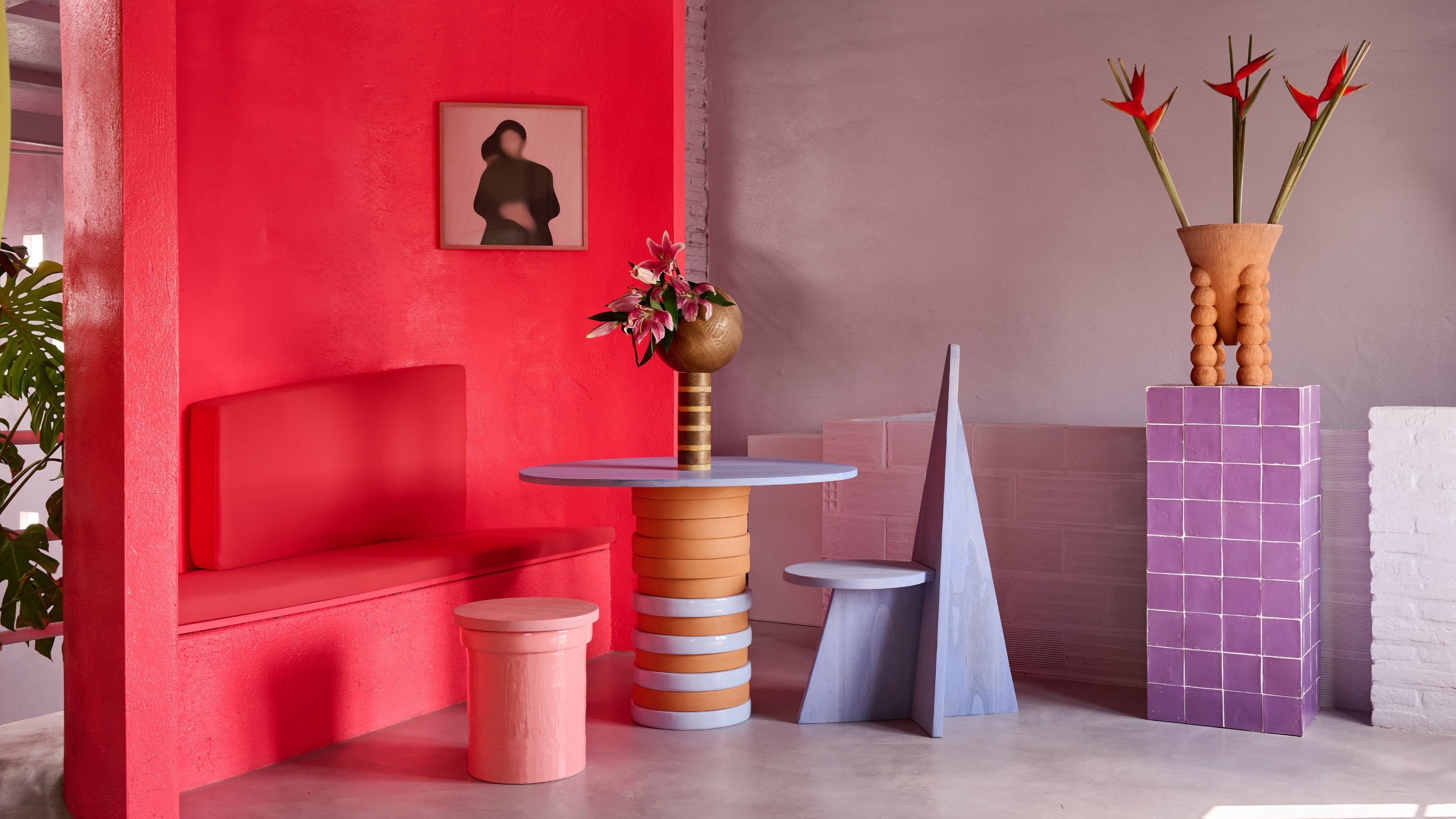 I'm Sorry, But You Need to Know About 'Advancing and Receding Colors' If You Want to Get Your Home's Decorating Scheme Right
I'm Sorry, But You Need to Know About 'Advancing and Receding Colors' If You Want to Get Your Home's Decorating Scheme RightWhile some colors tend to pop and reach forward in a room, others draw back. Here, a color expert helps define these palettes and how to use them
By Olivia Wolfe
-
 Amethyst, Heather, Pansy, Plum — Turns Out Decorating With Purple Opens You Up to a World of Possibilities
Amethyst, Heather, Pansy, Plum — Turns Out Decorating With Purple Opens You Up to a World of PossibilitiesPurple certainly isn't a color for the faint hearted, it's a shade that can smell your fear. Here's how to conquer it through your interiors
By Amy Moorea Wong
-
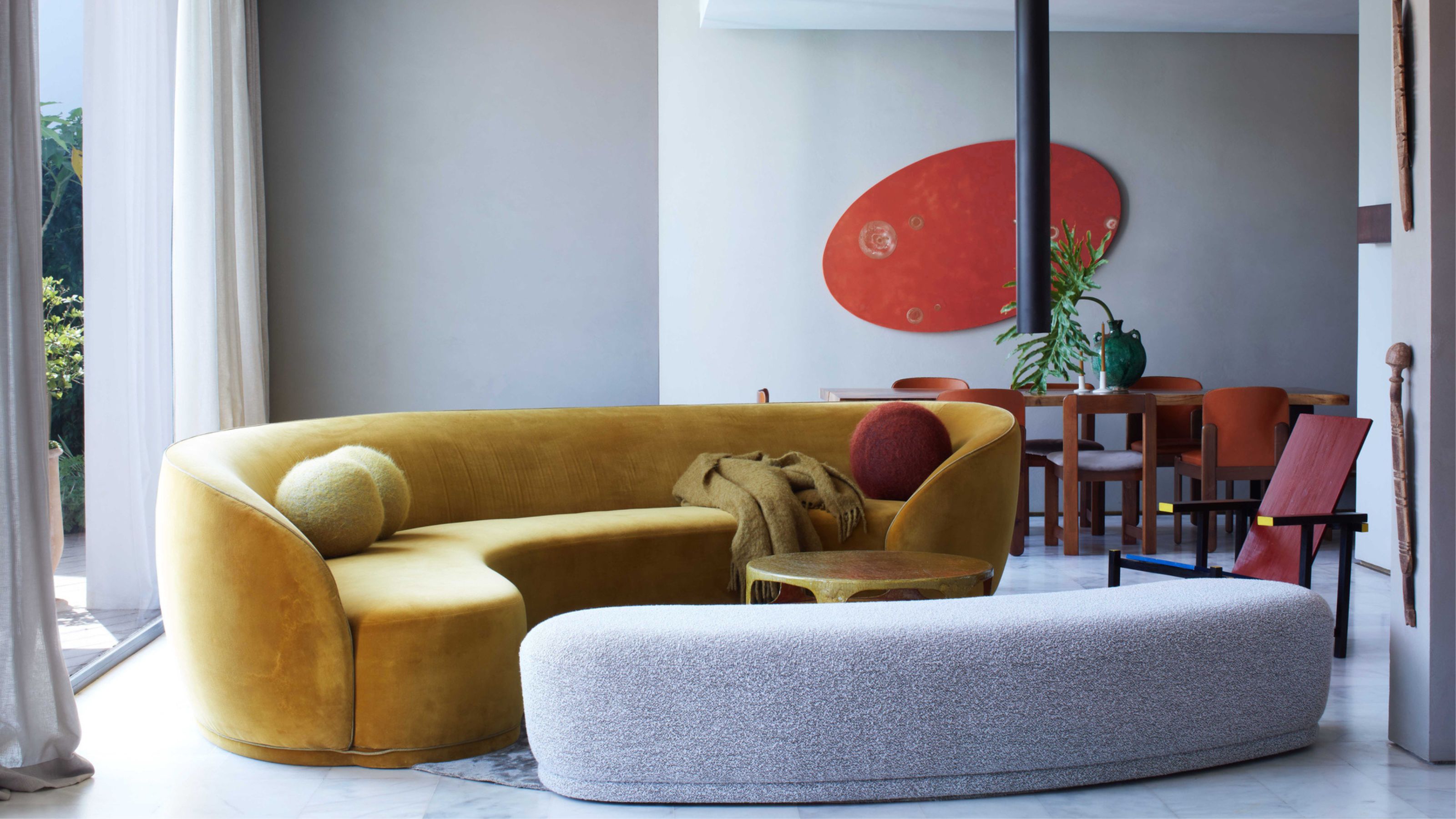 Here's Why Decorating With Mustard Yellow Helps Fill Your Interiors With a Sense of "Confident Calm"
Here's Why Decorating With Mustard Yellow Helps Fill Your Interiors With a Sense of "Confident Calm"There is so much more to decorating with this turmeric-tinted sauce-wiggled-on-a-hotdog not-quite-yellow shade than meets the eye
By Amy Moorea Wong
-
 5 Problems With Painting Your Walls White That No-One Ever Talks About (Until Now)
5 Problems With Painting Your Walls White That No-One Ever Talks About (Until Now)White is the easiest neutral to work with...right? Interior designers explain why this shade is actually more complex than it may seem
By Olivia Wolfe
-
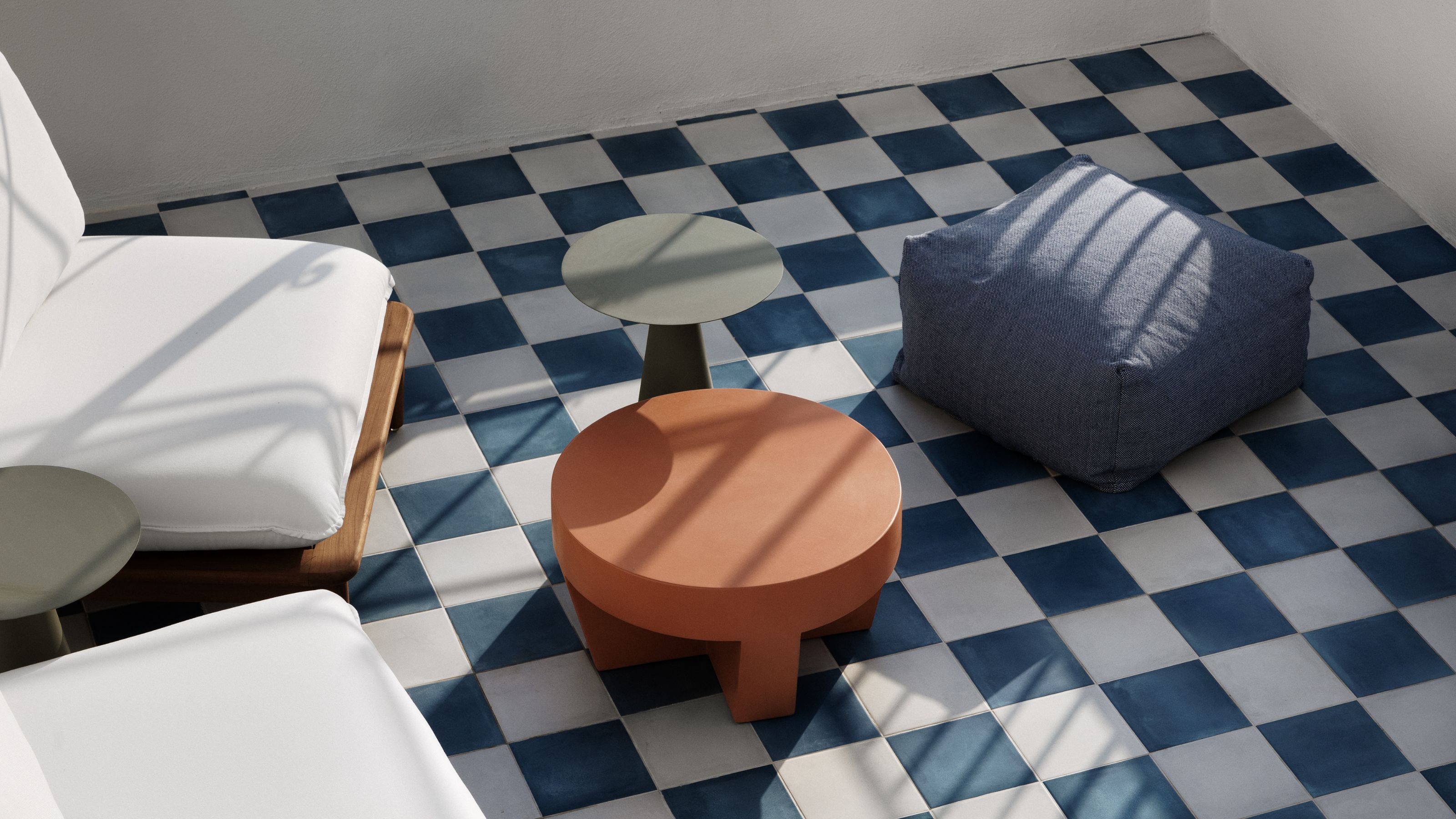 5 Mistakes That Are Making the Blue Details in Your Room Feel Old-Fashioned — And How to Rectify Them
5 Mistakes That Are Making the Blue Details in Your Room Feel Old-Fashioned — And How to Rectify ThemBlue is a timeless shade, no doubt, but use it in the wrong space or in the wrong way, and it can make a space feel, well... a bit blue
By Kelly Hushin
-
 5 of the Best Navy Blue Paint Colors That Designers Love — And How to Use Them
5 of the Best Navy Blue Paint Colors That Designers Love — And How to Use ThemNavy blue has timeless appeal and can feel both modern yet classic, but what are the designers' favorite paints?
By Oonagh Turner
-
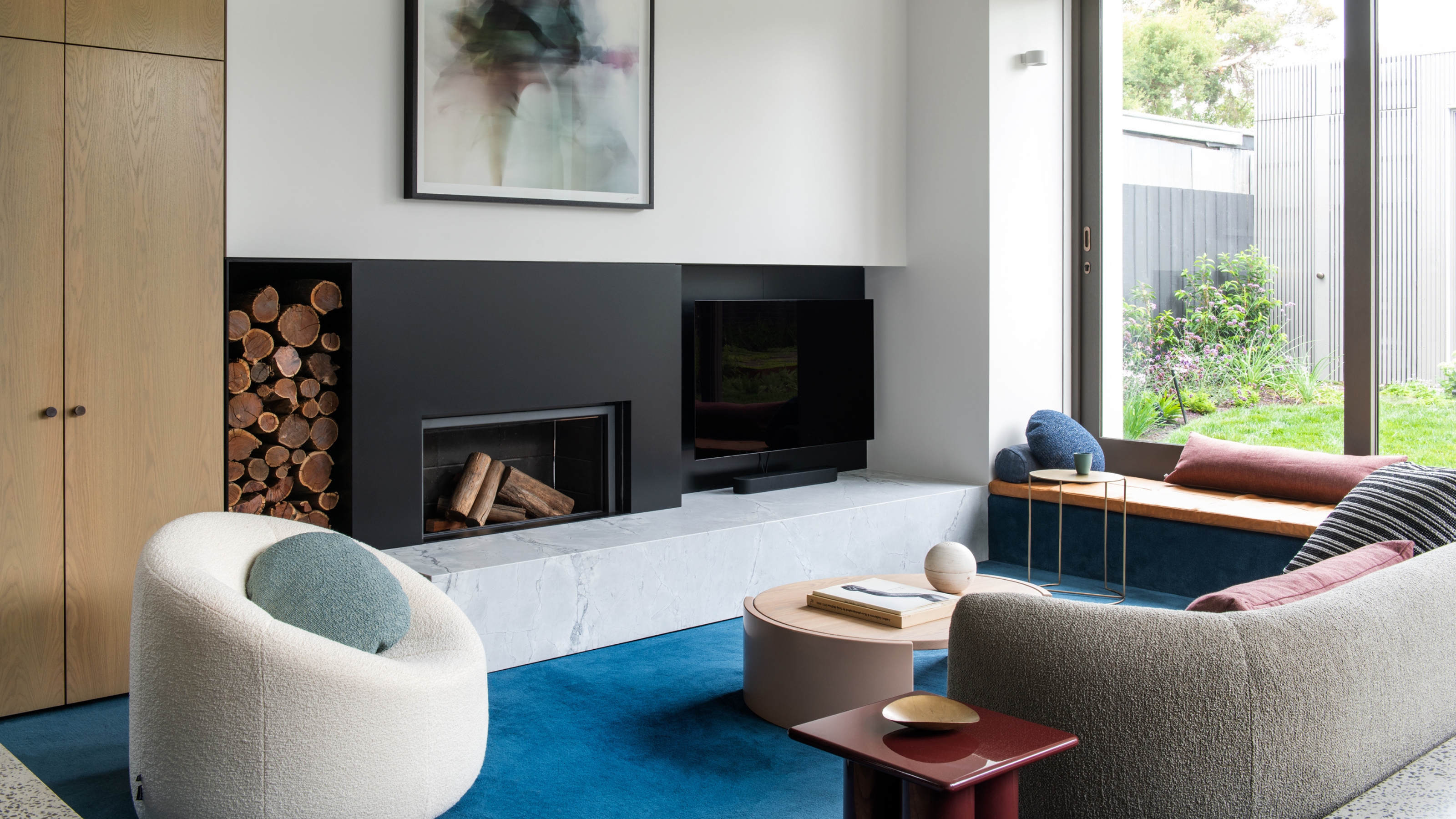 Should Your Carpet Be A Darker Color Than Your Walls? How to Make This Bold Look Work
Should Your Carpet Be A Darker Color Than Your Walls? How to Make This Bold Look WorkNot every room can get away with a carpet that is darker than the walls; Designers share when and where this combination works best
By Olivia Wolfe